THIS IS FROM PERSONAL EXPERIENCE
After working out with resistance or playing sports for more than 65 years, I have learned to appreciate the benefits of exercise – improved heart health, better sleep, increased energy, improved flexibility, greater strength, reduced risk of disease, improved self confidence – and on and on and on. I don’t regret this by any means.
I also realize that I may have invited arthritis by overusing parts of my body in the process. I had three knee arthroscopies in my 40s. Later I felt pain in my lower back, which made it difficult to run or even walk fast. In my 60’s, I experienced a right shoulder rotator cuff sprain and also began to feel damage in all of my fingers. I have been getting shots in my fingers for the last 10-12 years.
All of these are joint issues.
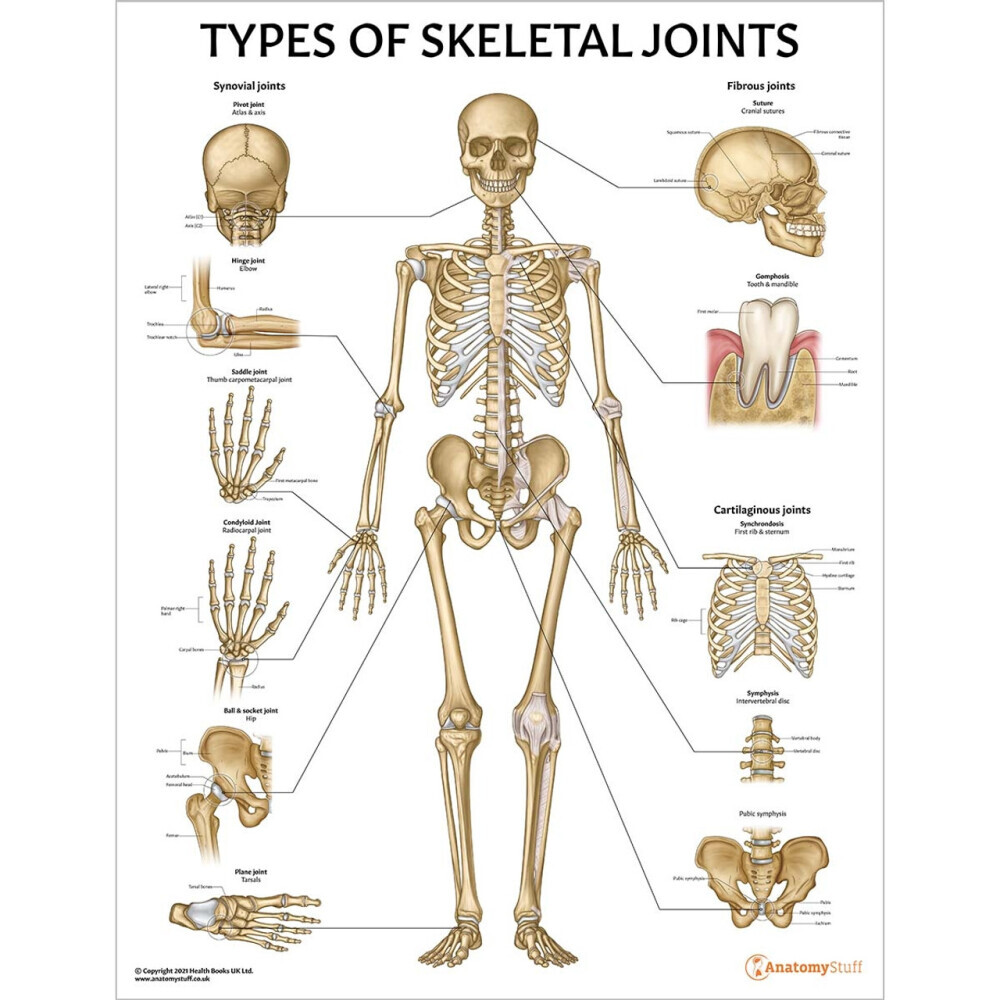
Joints are where two or more of our bones come together. For example, our hip joint is where our thigh bone meets our pelvis. I have had discomfort in all of the skeletal joints shown above with the exception of my toes and my neck. I did have pain at my Achilles tendon at one time.
This post will examine the causes of joint pain and tips for joint health. Also, there will be general suggestions for exercise and what I do in my daily workouts at age 82 to avoid more joint pain.
JOINT PAIN
Cleveland Clinic tells us that pain in our joints may be constant or it may come and go. The joints may feel stiff or sore, sometimes throbbing or burning. They may feel sore in the morning and loosen up later with activity. But too much activity may make the pain worse. This has always been my conundrum – balancing exercise activity correctly.
Joint pain affects those of us who:
- Have had some form of arthritis
- Or previous injuries to a joint
- Or have overused a particular muscle
- Or who have experienced depression, anxiety or stress
- Or who have been overweight or obese
- Or who are over 45 and have had years of wear and tear of our joints
I can relate to the last two bullet points. I weigh 180 now, but for many years I played tennis at a weight of 220 or more. I absolutely began to experience joint pain in my mid to latter 40s.
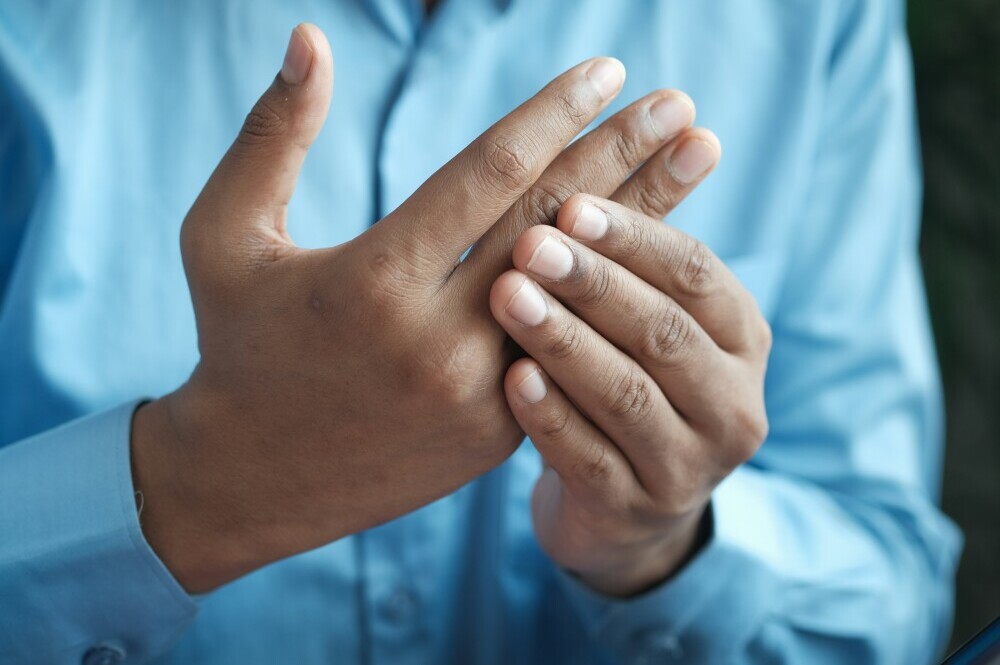
CARE AND TREATMENT
There may not be a cure for joint pain, but there are ways to effectively manage it. My sports medicine doctor has been giving me advice, shots in my fingers or knees and encouragement for many years. Physical therapy has also helped. Part of my daily workout includes physical therapy for my hands and right shoulder.
Here are some ways to treat the pain:
- At home remedies. Applying heat or ice for short periods several times during the day may help, as may soaking in a warm tub.
- Exercise. Low impact exercise can help with strength and function. Low impact aerobic exercise is especially good, such as walking or swimming. Those of us who have done more strenuous forms of exercise may need to cut back on impact.
- Weight loss. This will lower the strain on our joints throughout our bodies.
- Medication. Acetaminophen (Tylenol) may ease the pain and this works for me. There are also stronger doses that will need a prescription.
- Topical treatments. Certain ointments or gels may provide pain relief. These are OTC or our health provider may write a prescription.
- Dietary supplements. Glucosamine may be of benefit. It always helps to check with our provider, even for OTC items.
If pain still persists, we can:
- Try braces, canes or orthotic devices in our shoes.
- Try physical or occupational therapy
- Use antidepressants to improve our sleep
- Get steroid injections for short term relief
- Try pain relievers
Surgical options include:
- Arthroscopy. Two or three cuts are made in the flesh over the joint. Then the surgeon places a thin, fiberoptic instrument into the joint to repair the cartilage or remove bone chips. My three arthroscopies worked well in healing my knees. See the image below.
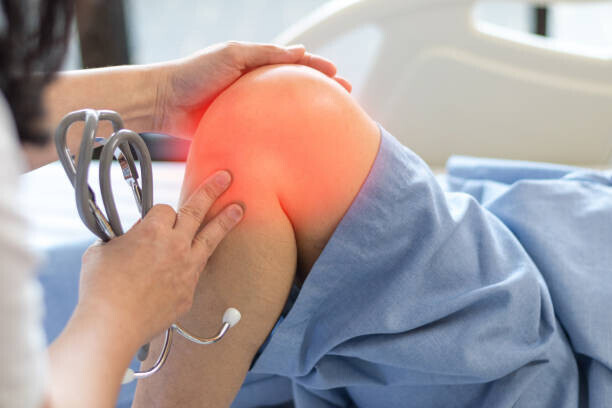
- Joint fusion. The ends of our bones are fastened together to eliminate the joint. Plates, screws or pins may hold the bones in place while they heal.
- Osteotomy. The long bones of arms or legs may be reshaped to take pressure off the joint.
- Joint replacement. For hip, knee and shoulder joints when the cartilage that cushions the joints has worn away. An implant of metal or plastic is inserted after parts of the bone are removed. This procedure has produced excellent results. My knees are bone on bone now and I have considered knee replacement, but have not yet taken that step.
BEST SPORTS OR WORKOUTS
We may ask ourselves “Why exercise at all if we have joint pain?”. Aside from the well known benefits of exercise (listed in the first paragraph of this article), there are other reasons to continue with an exercise or workout plan.
- Decreased pain. Moving our joints can actually lessen joint pain.
- Improved function. Exercise helps to lubricate our joints, preserve our range of motion and decrease stiffness.
- Better balance. Regular exercise can lessen the chance of falling and doing severe damage to our joints.
We need to keep moving in ways that are comfortable. Low impact activities are best.
Swimming or other aquatic exercises are great. Swimming helps to strengthen the joints, since the buoyancy of water allows us to move them through their range of motion more easily.
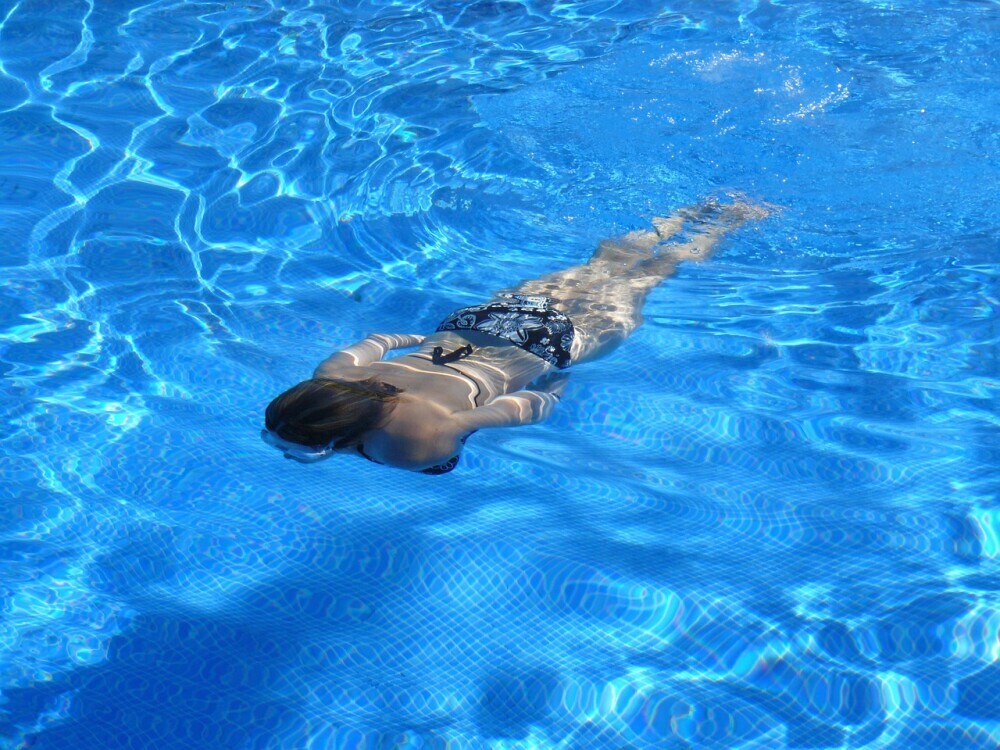
Other appropriate activities may be:
- Dancing, aerobic or even ballroom
- Cycling, including stationary bikes
- Elliptical machine workouts
- Tai chi
- Treadmill walking
- Any walking
- Yoga
Resistance workouts
For those of us who persist in doing resistance training, we usually put aside barbells and dumbbells and look for lower impactful forms of resistance. But we still want to work our muscles and feel a “pump” after the workout.
I have settled on the following:
- A treadmill
- Resistance bands
- A small medicine ball
- Bullworker tools
My daily workout includes all of the above, though I still enjoy going outside for walks.
AFFILIATE MARKETING AND EQUIPMENT
As an affiliate marketer, I can use the links of associated sources of equipment to better show how I work out effectively without injuring my joints. My upper menu contains the heading – BECOME AN AFFILIATE MARKETER for full information on how this works.
Essentially, I may earn from driving business to an associated company. This has far greater meaning if I have used the equipment and know how it works.
Amazon is an associated business and is well known for fast service and an enormous inventory.
Here are a few Amazon links to equipment I use daily:
Nordic Track treadmill – I have this at home in front of a window so I can see outside as I work out. I play music as I walk on the treadmill. It is quite durable with heavy usage.
6 lb. medicine ball – I don’t do sit-ups or crunches because of lower back pain. Instead, I do standing “woodchops”, which are great core exercises. See my prior post on this item. Also, the woodchop exercise is shown below.
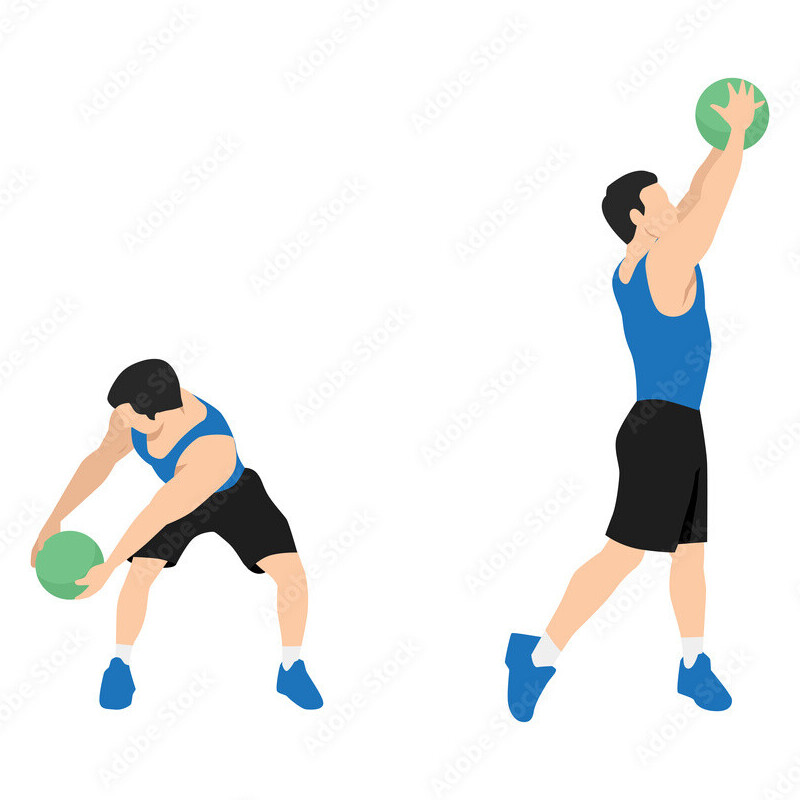 Resistance bands with handles – this form of resistance is easy on my joints and yet gives me an option for any exercise I may choose for muscle strength.
Resistance bands with handles – this form of resistance is easy on my joints and yet gives me an option for any exercise I may choose for muscle strength.
Loop resistance bands – I use these for physical therapy and also for biceps curls. I get much greater joint comfort than with dumbbells. Women use these as “bootie bands”. Less than $10.
BULLWORKER FITNESS
Bullworker products are high quality workout tools that provide modes of isotonic and isometric exercise. The isometric mode in particular is the ideal way to protect our joints since the joints do not move.
My preference is to do 12-30 isotonic reps and then finish with a lengthy isometric hold. I use Bullworkers for chest and back training, as well as for seated crunches for my abdominal muscles.
I have both the Steel Bow and Bow Classic by Bullworker. They don’t deteriorate. They look the same today as they did 5 years ago when I bought them. The Bow Classic is shown below.
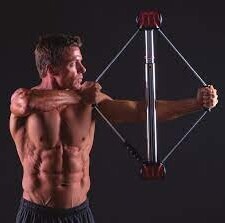
See my Bullworker link at the side of my website. Click on the red link for access to their website and full information on all of their products.
FINAL THOUGHTS
My main point in this article is that having joint pain does not suggest that we stop working out or exercising in other ways. To the contrary, we need to work out to lessen the pain. But we must be careful to use comfortable levels of impact!
We can still strengthen our muscles as well as our cardiovascular efficiency.
We only need to think through the type of exercise and the type of equipment we choose for our workouts!
Please leave me any comments or questions in the “Comments” section below.
Let’s stay active!
Richard, I really appreciate your insights on maintaining joint health and staying active as we age. I’m in complete agreement with you on most of your views, especially the importance of continuing to exercise even when dealing with joint pain. The benefits you listed—improved heart health, flexibility, strength, and overall well-being—are spot on.I also believe that traditional strength training, when done carefully and without injury, is hard to beat in terms of building and maintaining strength into old age. Maintaining strength is so crucial as we age, not just for overall health but also for protecting our joints. The increase in muscle mass that comes from lifting weights can actually take stress off the joints, as the muscles can absorb more of the load rather than leaving it to the worn cartilage.Thanks for sharing your experience and tips. It’s a great reminder that we need to keep moving and stay strong, no matter our age!
Thanks, David!
Thanks, David! Yes, weight lifting can thicken cartilage. No argument there. I used heavy barbells, dumbbells and machine weights for several decades. I clearly remember reaching 300 lbs. on my bench press. My arthritis came from being heavier than I am now and yet very active with tennis, running and weight training. Note the great professional athletes that gain weight after retirement. I lost weight as I became less active. I’m not recommending resistance bands and isometrics in lieu of “traditional weights” always, only as a means to work out effectively with arthritis. Or for beginners who do not want to deal with heavy weights.
Thank you, Sarah! Please keep in touch and let me know how you are doing.